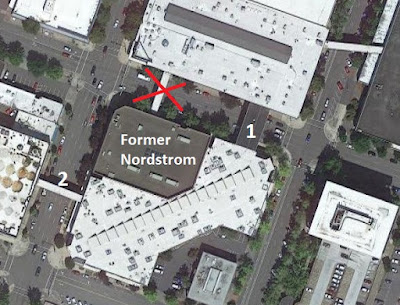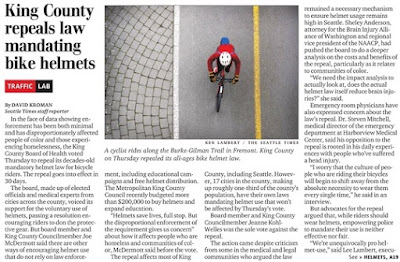The big item on Council's agenda for Monday is deliberation on the appeal of approvals for the subdivision at the Meyer Farm site.
In the bundle of new material submitted to Council, there is nothing new on claims for historical significance of the property and buildings. These remain murky and in several cases mere assertion without any proof or with very thin evidence. The antiquity of a barn, for example, remains legend, wholly without any supporting public documentation or argument.
So there is nothing new to say on the history, unfortunately.
Essentially all of the new material, for and against, focuses on three main areas:
- Legal: Even if you think it's a bad subdivision plan, it meets approval criteria and should be approved.
- Legal: The Trust is still in dispute and any approval should be on pause.
- Ecological: The tree plan is terrible and we should preserve more of the old Oaks.
The Staff Recommendation is to affirm the prior approval. As I read the file, I don't see Council having a lot of room to maneuver for a denial or modification. Maybe they will find a way.
There remain problems with the framework and approval criteria, however.
If we want to induce more middle housing and a pattern for less autoist land use, so many large greenfields are still being planned with large lots and single detached housing. Even with the bundle of new code amendments to go into force next month, the incentives in code may not be robust or aligned quite right yet for the course-correction.
Hopefully the new tree code and middle housing amendments will be helpful, and similar new subdivisions will find ways to preserve more old Oaks.
Here, the traffic analysis and design proposals are unhelpful. That's what we'll comment on.
 |
There should be a way to consider this more
|
Some have proposed a "reasonable design alternative" for the alignment of the new Hilfiker segment, a collector street. It would miss all or most of the "significant" trees and would still allow development to proceed. This looks like a good compromise!













































